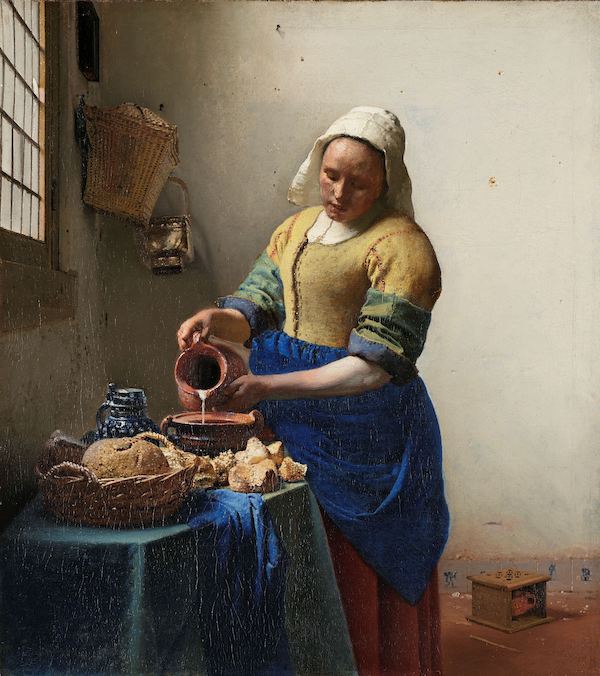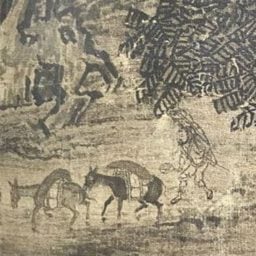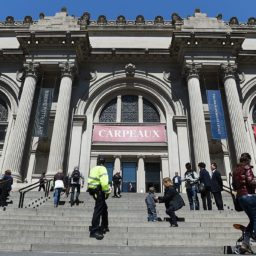Amsterdam’s famed Rijksmuseum, which was closed for much of last year, had its lowest attendance in decades in 2020, with visitors dropping by more than 2 million to just 675,000.
That’s the lowest total for the museum since 1964, when it had 686,553 guests.
But one bright spot for the Rijksmuseum was its robust online presence, including a total website revamp unveiled in December.
Where foot traffic was lacking, the web was a different story. According to the museum, it had a 23 percent increase in the number of its social-media followers, to 1.4 million, plus 5.5 million unique visits to its website, including 2.2 million to Rijksstudio, the virtual collection.
Famously home to masterpieces by Dutch Golden Age artists Rembrandt van Rijn and Johannes Vermeer, as well as the nation’s famed Post-Impressionist Vincent van Gogh, the museum also boasts a wealth of artworks from other parts of the world, many of which can now be seen from the comfort of one’s home.
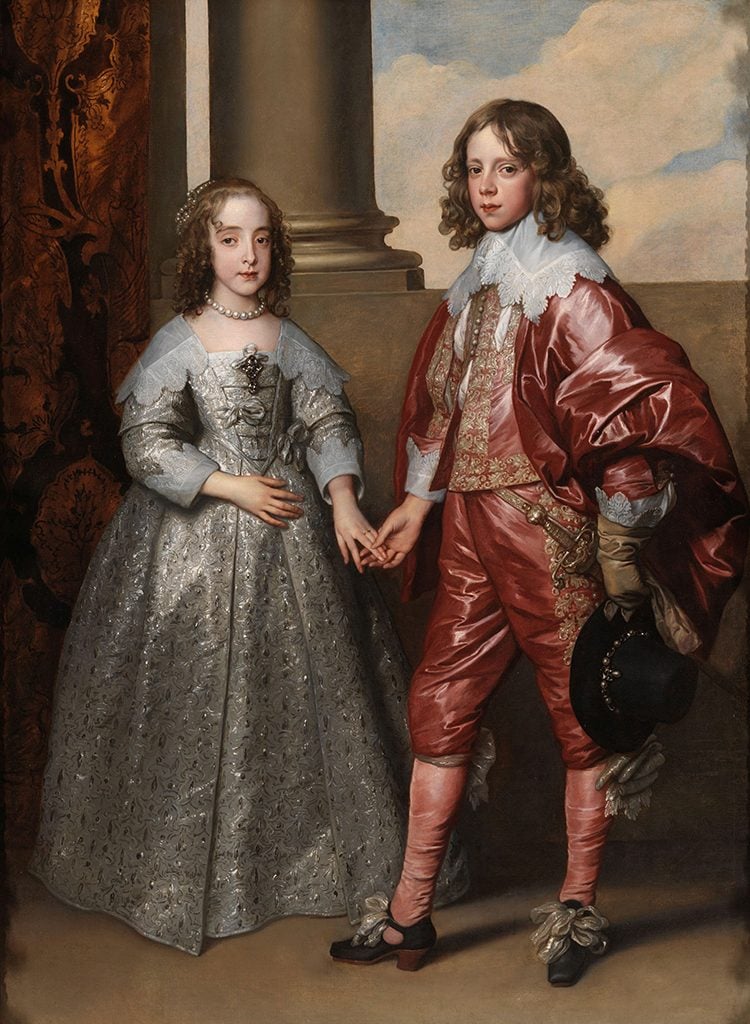
Anthony van Dyck, William II, Prince of Orange, and his Bride, Mary Stuart (1641). Courtesy of the Rijksmuseum, Amsterdam.
Launched in 2012 to bring the museum’s world-class art to people all over the world, the Rijksstudio originally offered just 125,000 records from the institution’s over one million-object collection. Today, it features information for 709,958 historic drawings, prints, paintings, sculptures, design pieces, and other art objects.
Most listings feature high-resolution photographs of the objects, which can be downloaded for free.
The largest image is undoubtedly the massive 44.8 gigapixel photo of Rembrandt’s The Night Watch, released last year during still-ongoing conservation work on the painting. It was made from 528 exposures, allowing online viewers to get up close and personal with the massive canvas.
“The photograph is a crucial source of information for researchers, and online visitors can use it to admire Rembrandt’s masterpiece in minute detail,” museum director Taco Dibbets said in a statement.
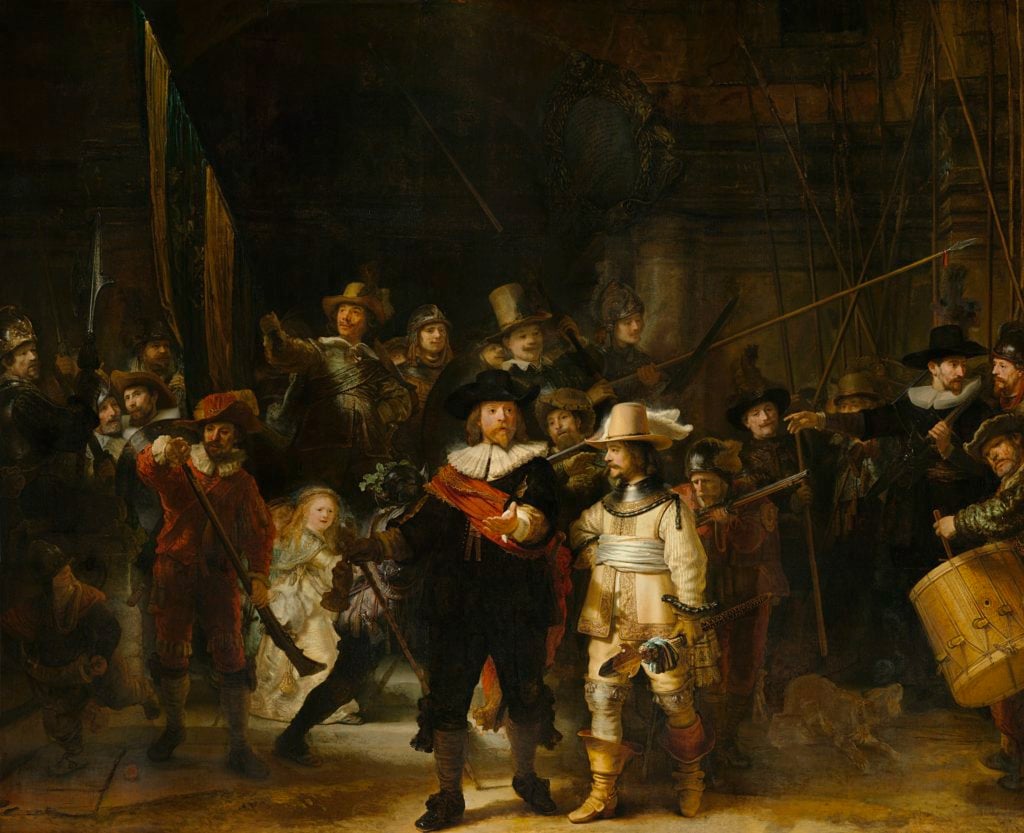
Rembrandt van Rijn, Militia Company of District II under the Command of Captain Frans Banninck Cocq (1642). Known as the ‘Night Watch.’ Courtesy of the Rijksmuseum, on loan from the City of Amsterdam.
Making collection objects accessible virtually is of crucial importance today, given that the museum once again finds itself closed through February 9 with the nation back on lockdown.
“In this time of forced isolation, [Vermeer’s work] can point us at the fact that extreme beauty can be found just in our room,” Friso Lammertse, the institution’s curator of 17th-century Dutch painting, told Living Life Fearless.
In fact, it’s just such a Vermeer, The Milkmaid, that tops the list of the most-viewed Rijksstudio works, along with Night Watch and Jan Asselijn’s The Threatened Swan.
Recent years have seen institutions as far afield as Taiwan’s National Palace Museum, London’s British Museum, and New York’s Metropolitan Museum of Art begin the process of digitizing their collections more rigorously, as well as a partnership between 14 museums that ultimately aims to make 25 million artworks available online.
